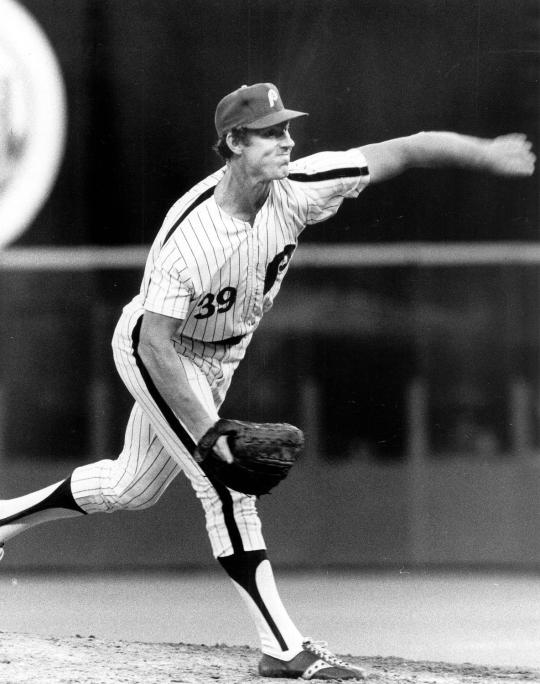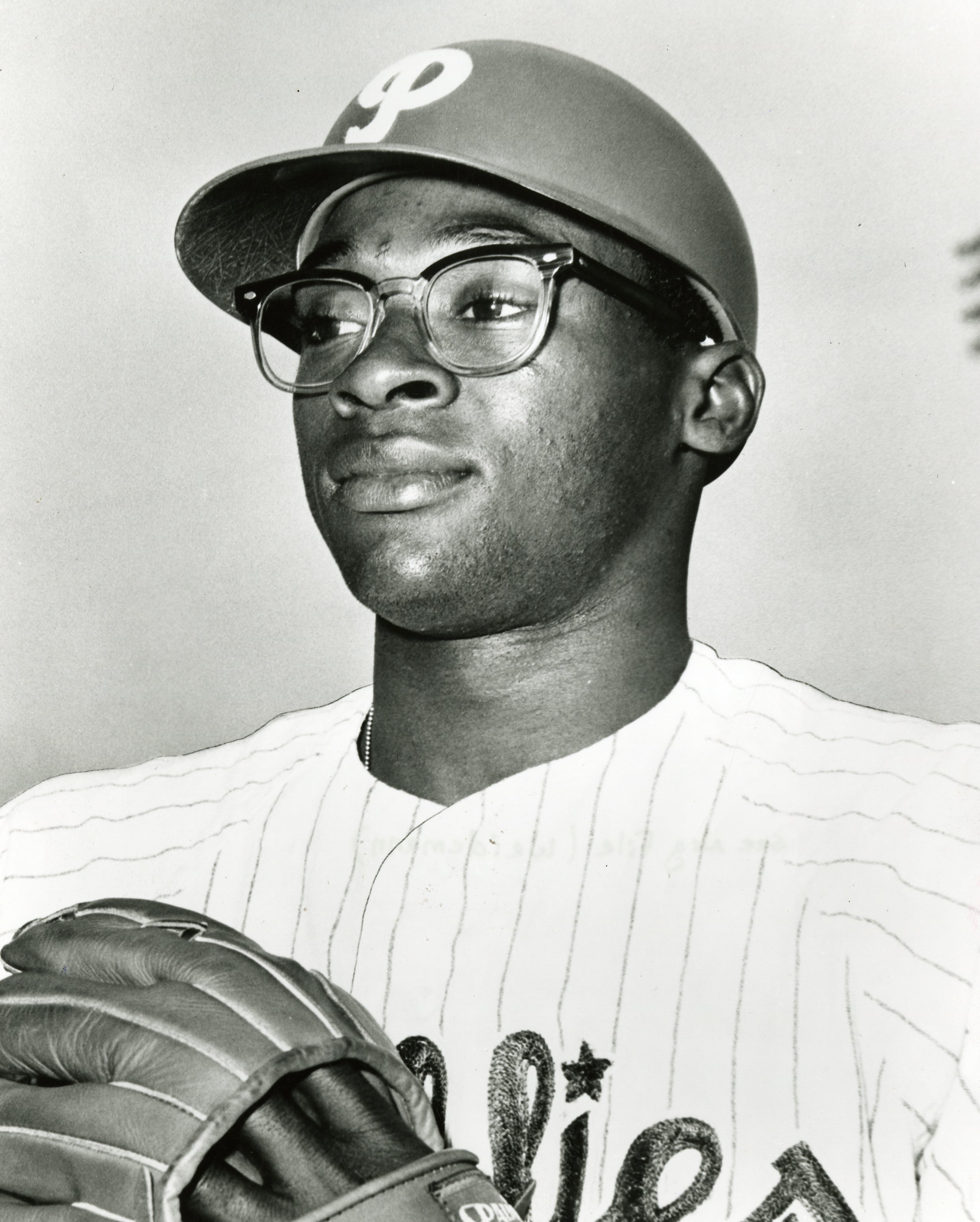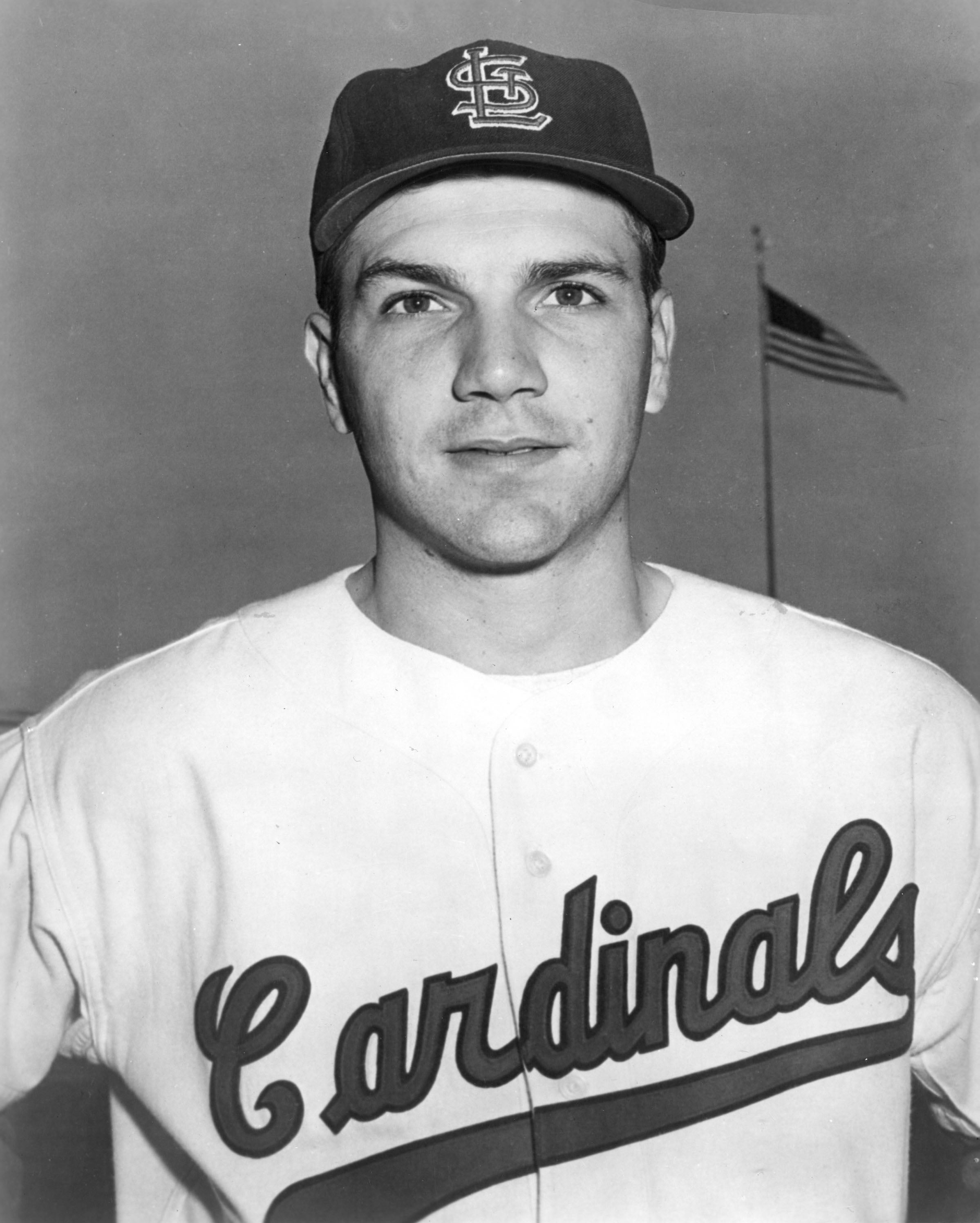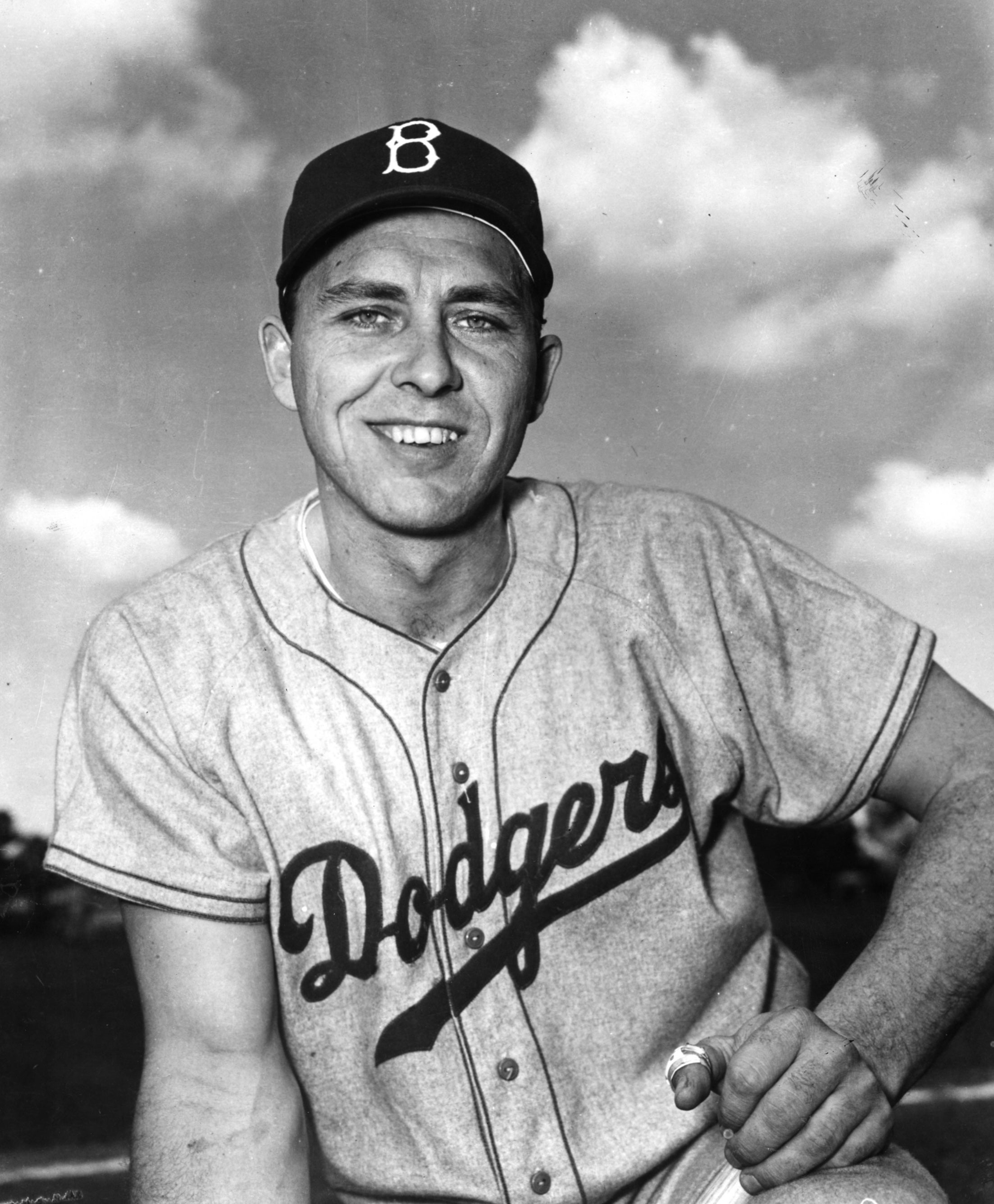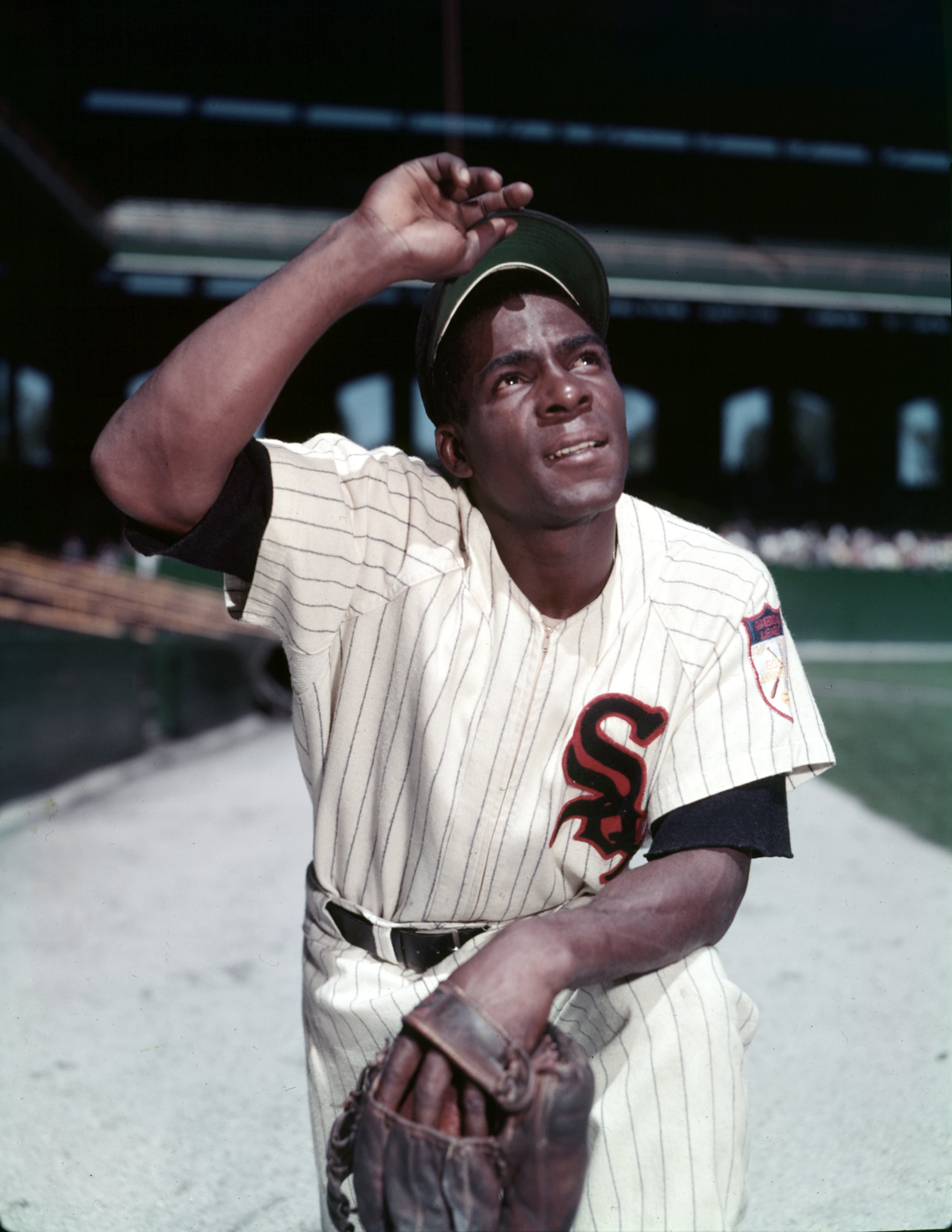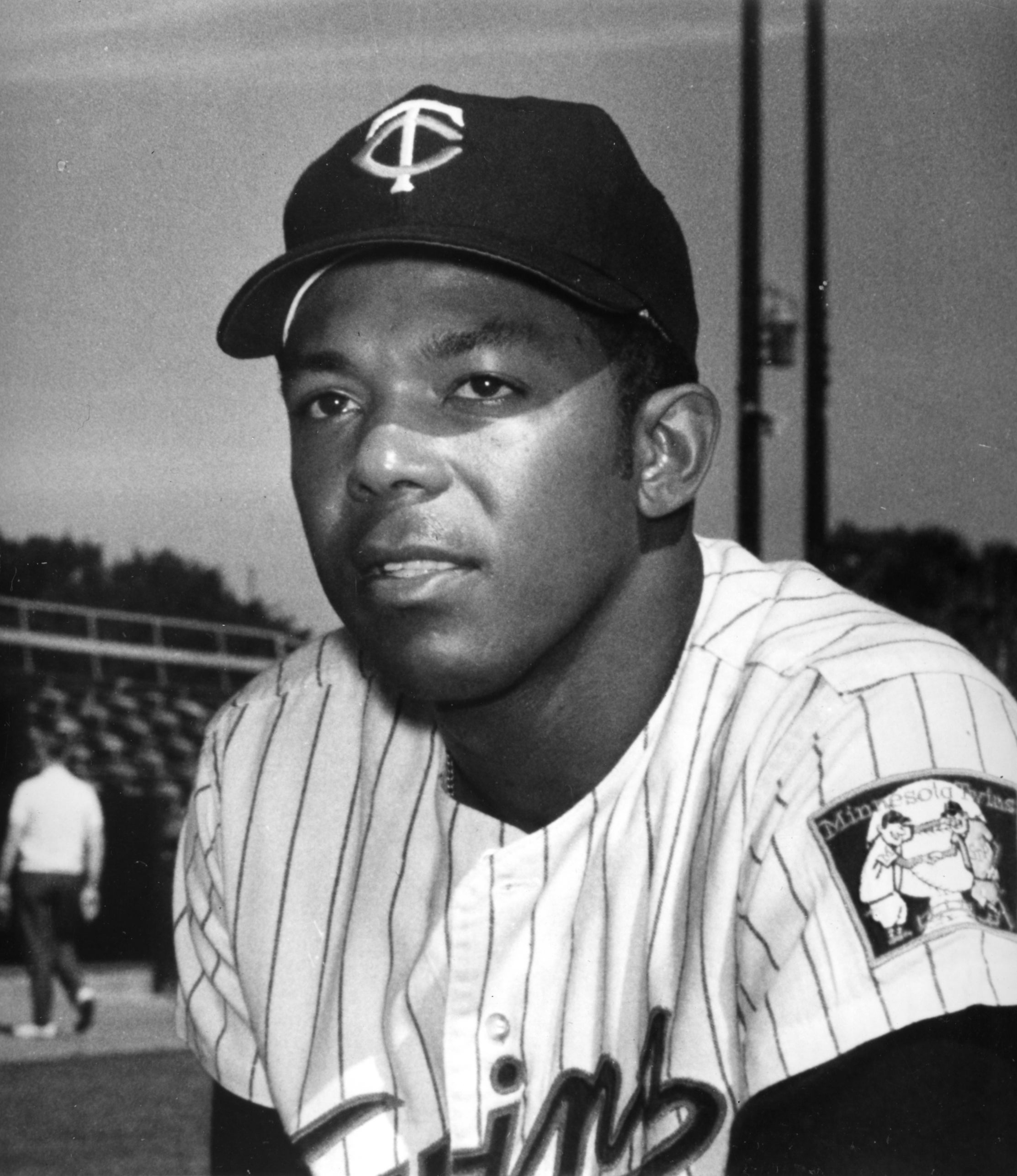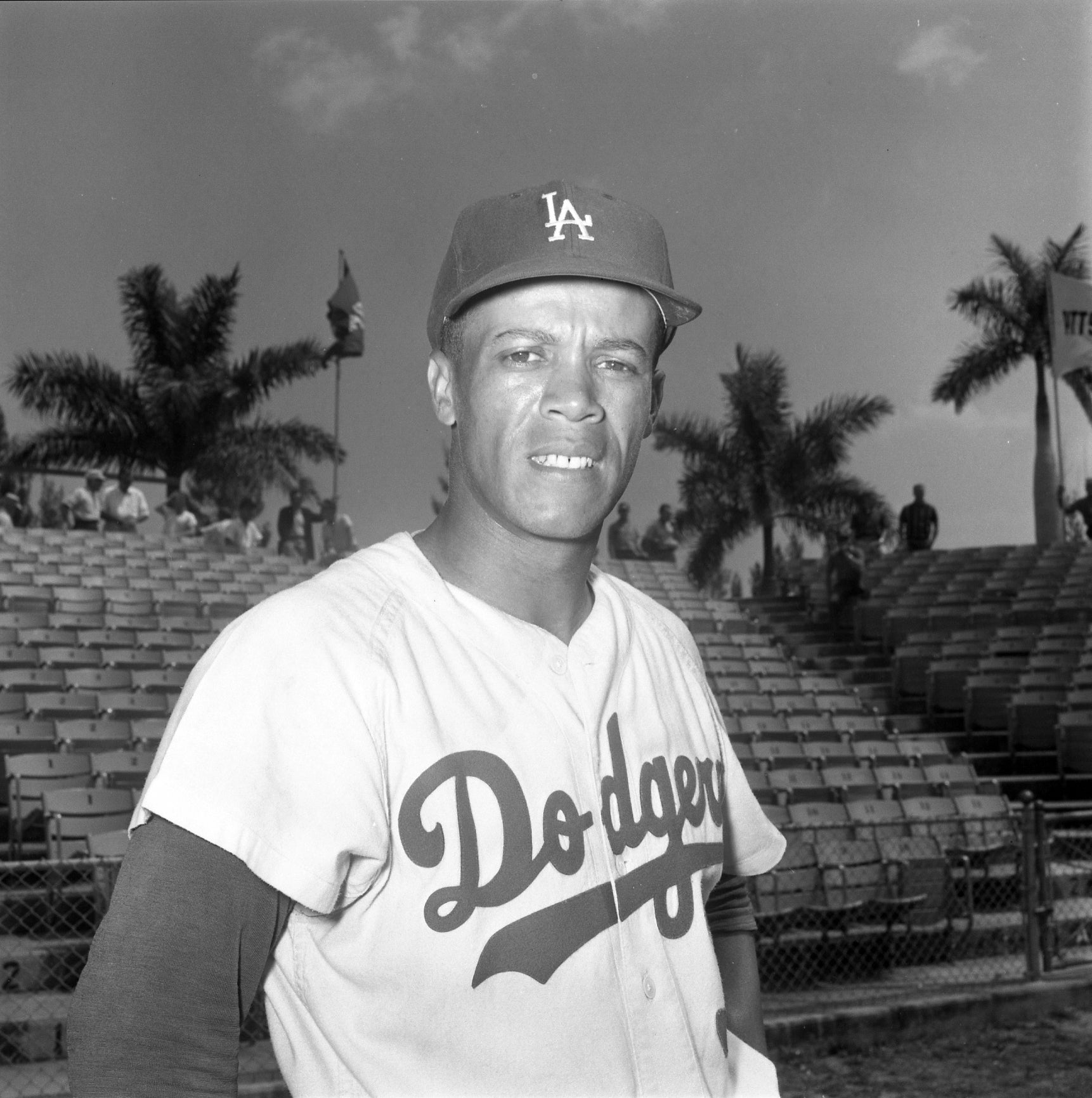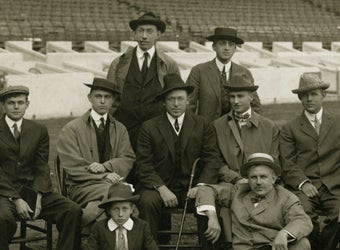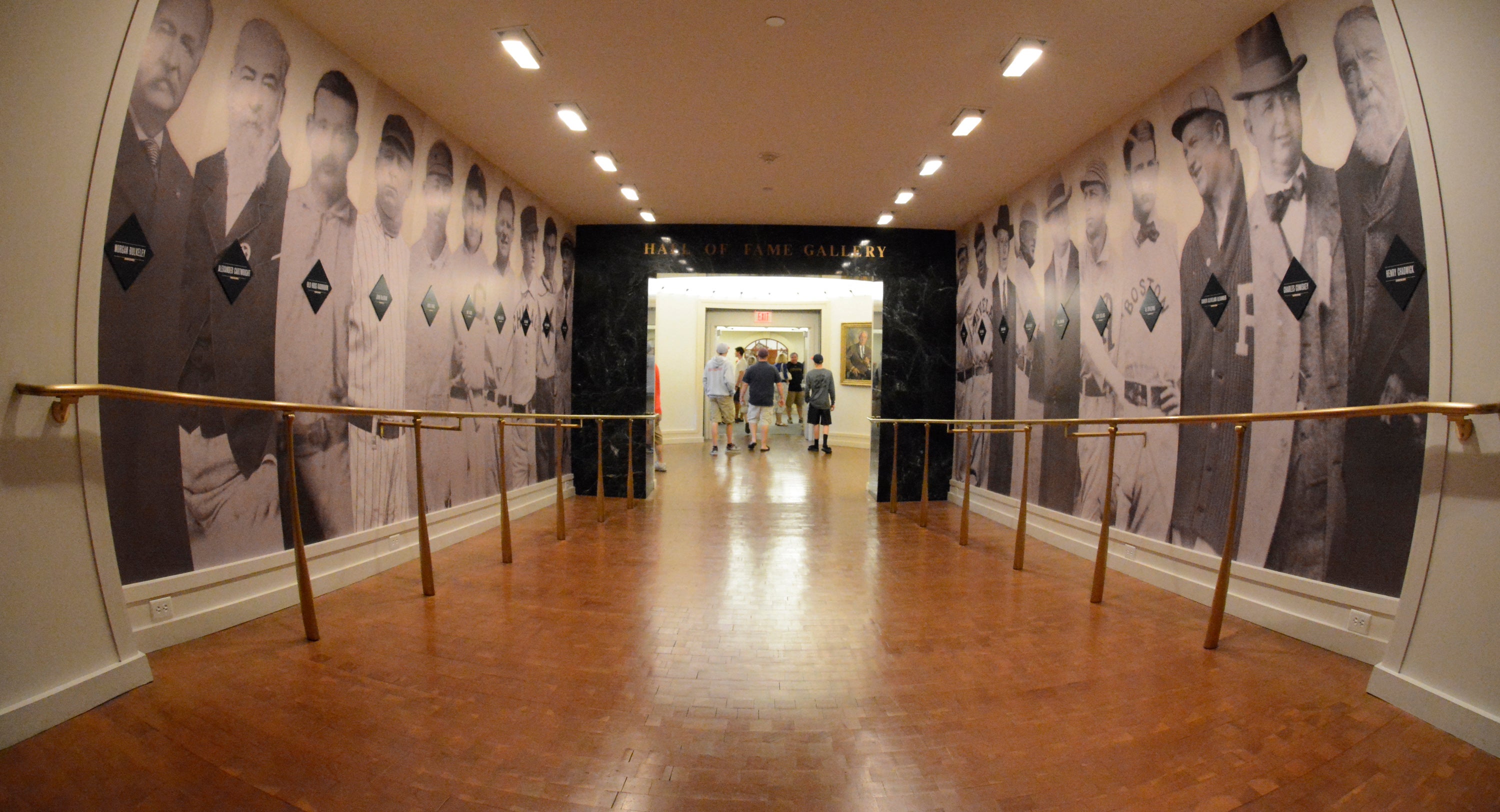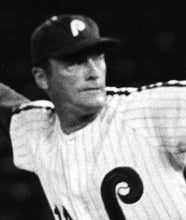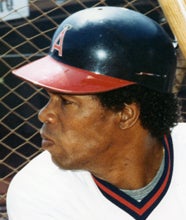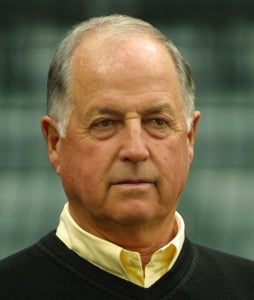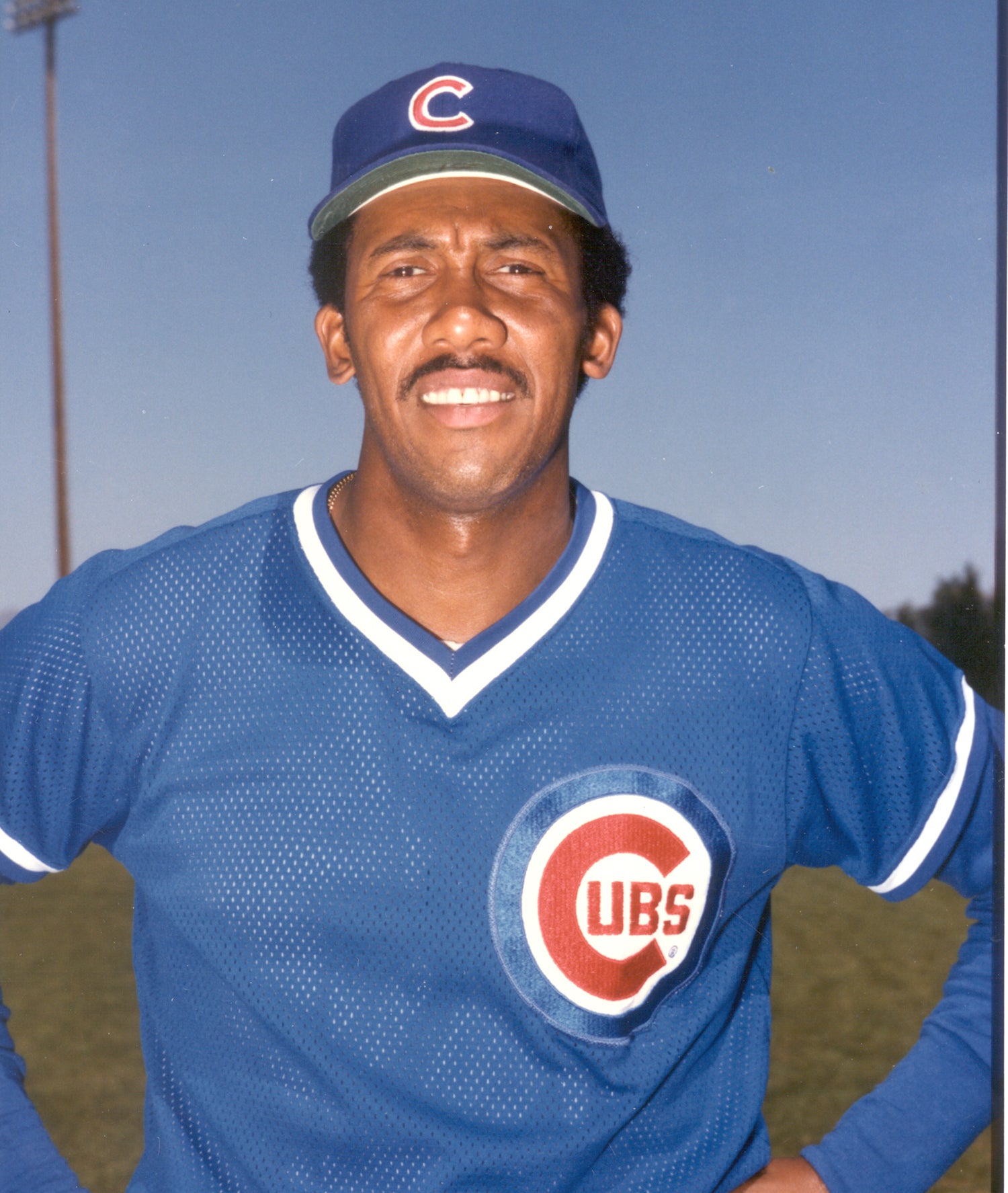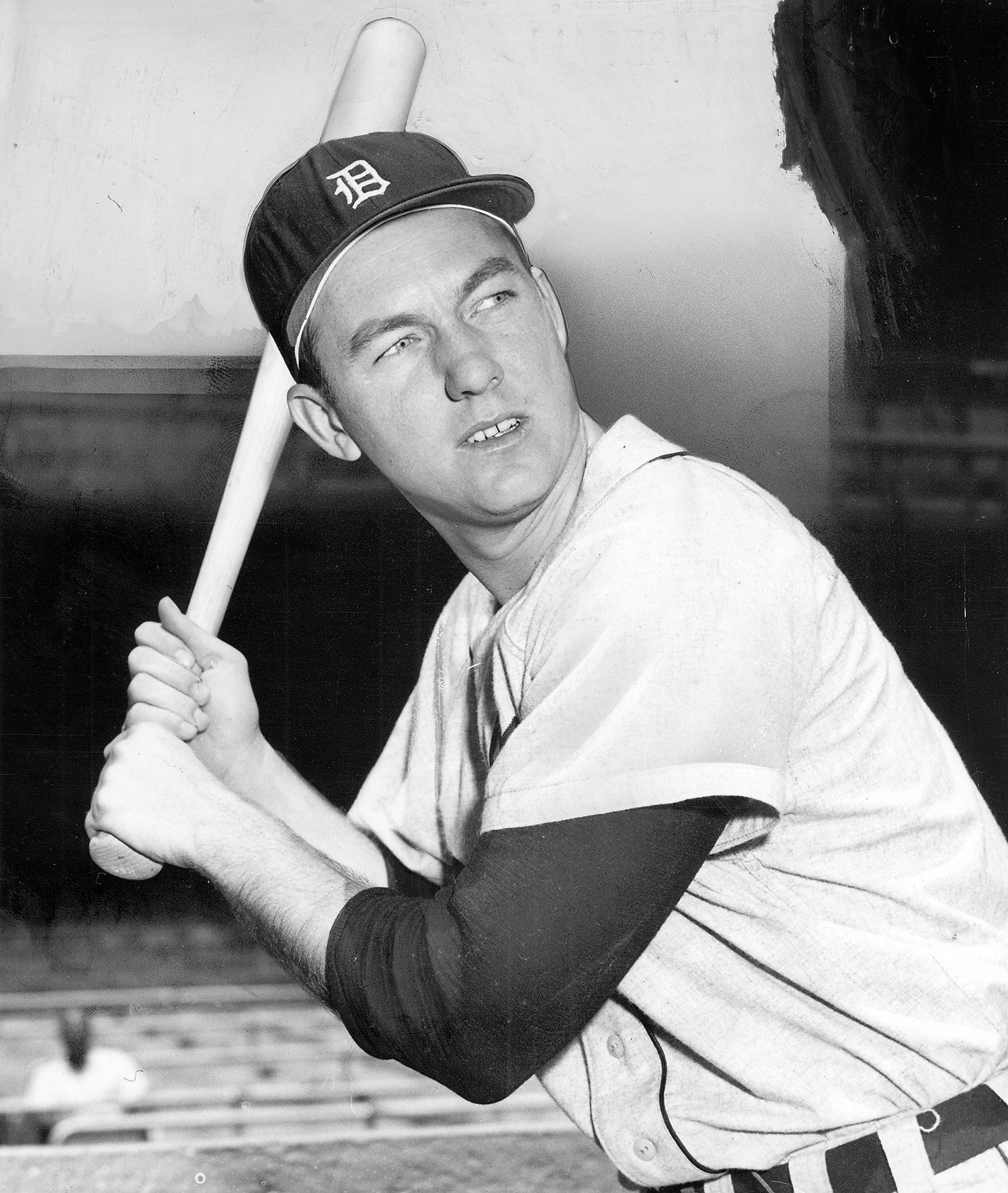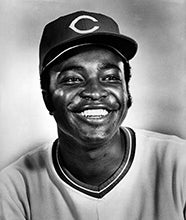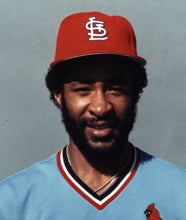- Home
- Our Stories
- Jim Kaat’s consistent excellence lands him on Hall of Fame ballot
Jim Kaat’s consistent excellence lands him on Hall of Fame ballot
For parts of four decades, Jim Kaat used every strategy and skill at his disposal to win big league baseball games.
Today, after more than 50 years in the game as a player, coach and broadcaster, Kaat finds himself on the cusp of Cooperstown – thanks to 283 wins achieved over the course of a remarkably consistent career.
Kaat, who pitched for the Senators, Twins, White Sox, Phillies, Yankees and Cardinals during 25 major league seasons, is one of 10 finalists on this year’s Golden Era ballot that will be considered by the committee on managers, umpires, executives and long-retired players at the National Baseball Hall of Fame and Museum. The 16-person committee will vote at baseball’s Winter Meetings in San Diego, Calif., and the results of the vote will be announced Dec. 8.
The 10 candidates on the Golden Era Committee ballot are: Dick Allen, Ken Boyer, Gil Hodges, Bob Howsam, Minnie Minoso, Tony Oliva, Billy Pierce, Luis Tiant, Maury Wills and Kaat. Any candidate who is named on at least 75 percent of all ballots cast will be inducted in the Hall of Fame as part of the Class of 2015.
The Golden Era Committee consists of The Golden Era Committee consists of Hall of Famers Jim Bunning, Rod Carew, Pat Gillick, Fergie Jenkins, Al Kaline, Joe Morgan, Ozzie Smith and Don Sutton; baseball executives Jim Frey, David Glass, Roland Hemond, and Bob Watson; and veteran media members Steve Hirdt, Dick Kaegel, Phil Pepe and Tracy Ringolsby.
Bio
Born Nov. 7, 1938 in Zeeland, Mich., Kaat studied speech and journalism while playing baseball at Hope College before signing with the Washington Senators on June 17, 1957. The strapping 6-foot-4, 205-pound left-hander moved quickly through the minor leagues before debuting with the Senators on Aug. 2, 1959 at the age of 20. He and the Senators moved to Minnesota to become the Twins before the 1961 season, and that year he became a regular in Minnesota’s rotation.
“I took Washington’s offer because I wanted an opportunity,” Kaat said of the start of his pro career.
By 1962, Kaat was an established big league veteran after winning 18 games and posting an American League-best five shutouts. Kaat led the Twins to the 1965 World Series with an 18-11 record, then started Games 2, 5 and 7 of the Fall Classic against the Dodgers, going 1-2 with a 3.77 earned-run average in Minnesota’s seven-game loss.
The following year, Kaat had his best statistical season – posting a mark of 25-13 with AL-leading figures in complete games (19) and innings pitched (304.2) en route to a fifth-place finish in the AL Most Valuable Player Award vote. In 1967, Kaat went 16-13, nearly leading the Twins to another AL flag. On the last Saturday of the season, Kaat went to the mound against the Red Sox – with the Twins one win away from wrapping up the pennant.
Minnesota was leading 1-0 in the third inning when Kaat was forced out of the game with an elbow injury. The Red Sox went on to win the game, then captured the pennant on Sunday.
“The biggest disappointment of my career was that Saturday afternoon game at Fenway Park,” Kaat said.
But many thrills were still to come for Kaat, including back-to-back 20-win seasons with the White Sox in 1974 and 1975 after he mastered a quick-pitch delivery. He was traded to the Phillies following the 1975 season, and in Philadelphia he won his 15th and 16th Gold Glove Awards – cementing his reputation as one of the game’s greatest fielding pitchers.
Kaat spent part of the 1979 and 1980 seasons with the Yankees, then was sold to the Cardinals. With St. Louis, Kaat evolved into an effective situational left-hander, averaging more than 50 appearances a year from 1980-82.
In 1982, Kaat went 5-3 with two saves to help the Cardinals win the World Series.
Kaat retired after the 1983 season, embarking on a career as a coach before becoming a broadcaster. He had dabbled in broadcasting as early as the 1960s, and began a long career as a Yankees’ announcer in 1986.
His final totals: 283 wins (31st all-time) against 237 losses, including a 3.45 ERA, 625 games started (17th all-time) and 180 complete games. He was named to three All-Star teams.
“Who else could have thought growing up in a little town like Zeeland, Mich., that I’d get to play 25 years in the big leagues?” Kaat said. “I enjoyed every minute of it.”
Craig Muder is the director of communications for the National Baseball Hall of Fame and Museum

